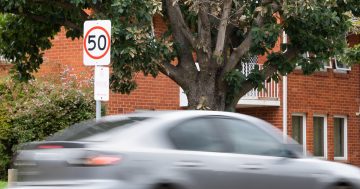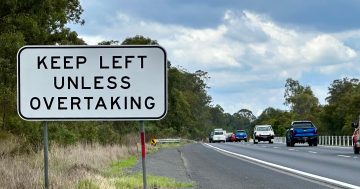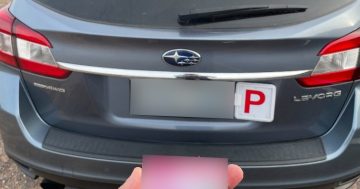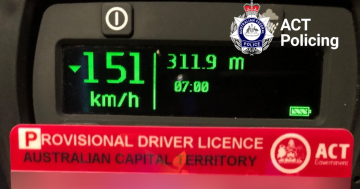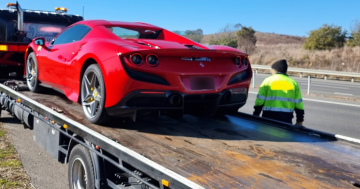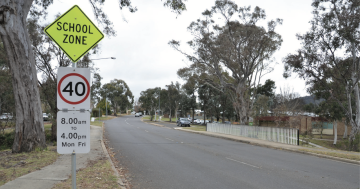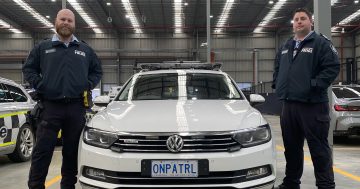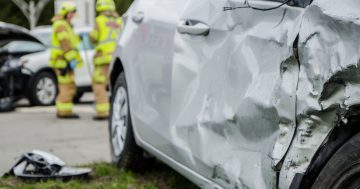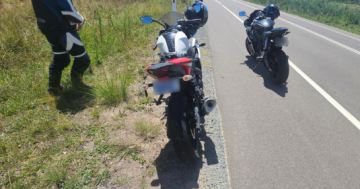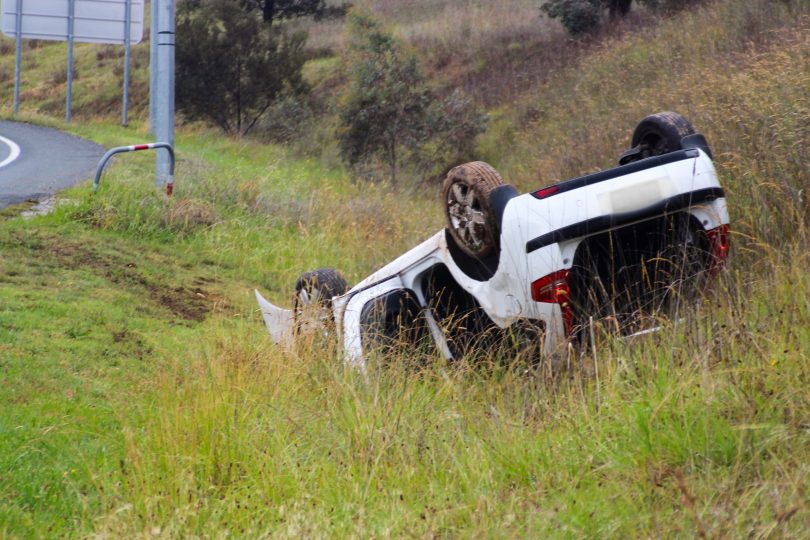
Speed is usually behind the loss of control of a vehicle. Photo: File.
It has been interesting to read the reader comments about possible reduction of speed limits in the ACT.
For many, it is always the other drivers at fault, never them. Some, as always, just see it as another opportunity to boost fines revenue, while others feel it doesn’t matter what speeds are posted as there are not enough police around to enforce them.
Behind much of it is an anti-authoritarian streak that seems to infect people when they get behind the wheel of a car.
But the fact is, speed kills.
Forget modern safer cars, Canberra’s wide boulevards and parkways and relative lack of congestion.
It doesn’t matter how skilled a driver you may be, the laws of physics determine how soon you can stop before hitting another car, a pedestrian or a tree.
The faster you are travelling the more likely a collision will result in injury or worse, and the harder it will be to retain control of your vehicle.
The scientific modelling behind the proposed targeted adjustments to certain speed limits pointed to much fewer injuries and fatalities – that’s less road trauma in our hospitals and fewer families having to endure emotional trauma of losing a loved one.
The reductions – 100 km/h to 90 km/h and 80 km/h to 70 km/h – are not on the face of it that significant, particularly as Canberra’s roads become busier, and would not make much difference to trip times. But they will save lives and reduce trauma.
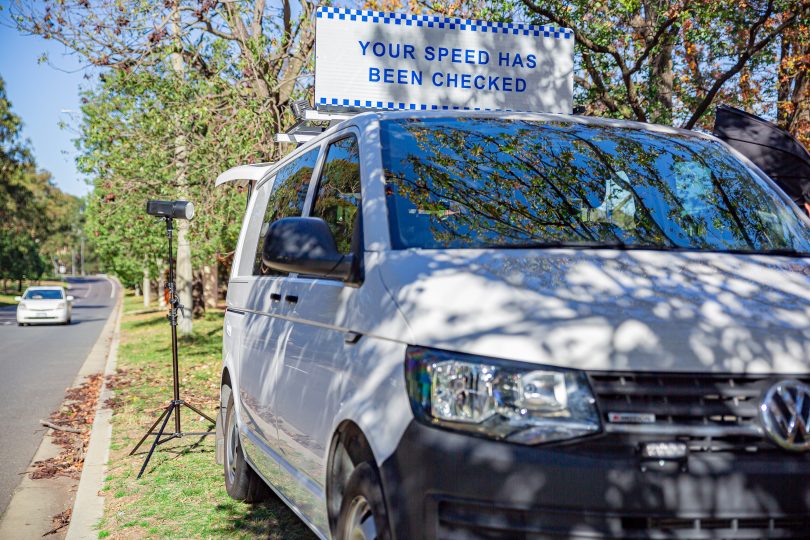
Not very popular but they work. Photo: File.
Yet something happens when we turn the key and drive off in our little bubble of a world. The car has always meant independence, freedom and any threat to constrain it is taken as a blow against our liberty.
Of course, that freedom of movement is facilitated by an elaborate system of road rules that most of us adhere to. Running a red light is generally considered a bad idea.
I am no different to most, drifting over the speed limit occasionally but less so since the introduction of mobile speed cameras and point-to-point monitoring. They definitely pacify traffic streams and curb our worst tendencies.
The proposed measures along with physical infrastructure such as roadside barriers, noise linemarking and installing traffic lights will all save lives and prevent and limit injury, making our roads safer.
The police, ambulance and fire crews who confront the dreadful consequences of speeding know they will make a difference.
It’s time the myths about government gouging motorists and how good drivers don’t have accidents were binned, and we all faced up to the facts about staying alive on the road.
Better driver training will give a motorist survival skills. Vision, reaction times and knowing what to do in a crisis will help.
But ask any young person and they will tell you the current requirements are already onerous.
It’s the government and the community that picks up the tab for road trauma, and the human cost is incalculable.
Surely it’s not too much to drive a little slower on some of our roads where speed has been identified as a safety factor.












